Content:
Scourges of cucumbers, like most vegetable plants from the pumpkin family, do not have a strong trunk, so these plants weave along the ground. For fixation on the shoots, there are antennae that are firmly attached to any supports.
Whether it is necessary to break off the mustache from cucumbers or should they be left behind - this topic has been of interest to summer residents for more than one season, especially beginners.
Conditions for growing cucumbers
There are many varieties of cucumbers, which can be grown not only in the garden beds, but also in polycarbonate greenhouses and even on the balcony or windowsill in the apartment. Therefore, you need to understand whether additional means of fastening to the lashes of this vegetable plant are needed or you can safely do without them when growing in certain conditions.
In a polycarbonate greenhouse
The polycarbonate greenhouse is very convenient for growing all types of vegetables, including cucumbers. The polycarbonate coating allows sunlight to pass through, but does not allow cold air to pass through, so plants feel comfortable even during an unexpected cold snap. To let fresh air into the greenhouse, vents are provided in the design of such a greenhouse. The light that passes through the plastic cover is diffused, so cucumbers won't have sunburn on the foliage.
Trellises are installed along each row of cucumbers in the greenhouse, to which the main and side lashes of cucumbers will be tied. Antennae in greenhouses will cling not only to trellises, but also to neighboring plants, to their foliage. In this case, the foliage will deform, curl, which will negatively affect the development of the lash. Therefore, in greenhouse conditions (or in greenhouses), it is necessary to break off the antennae so that the cucumbers can grow and develop calmly.
One should not only hope that the cucumber stems will be attached to the supports with the help of antennae - the fact is that after a month and a half, the antennae will begin to dry out and fall off, as a result, the lashes not tied with ribbons will simply fall on the beds. Therefore, tying cucumbers to supports in greenhouses is a necessary procedure.
Do not forget about other requirements for caring for these vegetables: creating certain temperature conditions, controlling humidity in the greenhouse, irrigation mode, fertilizing, as well as loosening the beds with the removal of weeds.
At home (on the balcony or windowsill)
When growing varieties of cucumbers on a balcony or windowsill at home, the question also arises - is it necessary to cut off the mustache from cucumbers. And the answer here is unambiguous - of course, yes. The fact is that the area of the window sill or balcony is small compared to garden beds, therefore varieties that are formed in one shoot are grown under such conditions. And containers with cucumbers in this case are located closer to each other than on the beds. If the antennae grow back, they will intertwine with each other and will intertwine with adjacent stems. As a result, cucumber lashes will not grow well, and it will be very inconvenient to care for them.
Therefore, during the formation of lashes, you will have to regularly trim the mustache in the future in order to prevent their growth.At home, tapestries are not installed, and each cucumber lash is usually tied to a wire or thick rope that descends from the ceiling. In this case, part of the antennae can not be cut off, but carefully guided towards the rope.
Caring for cucumbers growing on a balcony or windowsill is standard: regular watering, careful loosening of the topsoil in containers, top dressing (more frequent than when caring for these vegetables in the beds or in greenhouses).
In the open field
In the open field, the question of whether to cut off the antennae on cucumbers or not is no longer as acute as in an enclosed space. It is enough to stretch a net with small or medium cells along each cucumber bed, and the tendrils of the cucumbers will cling to it. But still, you should regularly inspect the cucumber lashes, and if the whiskers stretch in the direction of neighboring shoots, they should be removed.
Further care of the growing lashes consists in observing the irrigation regime, applying additional fertilizing (at least 3-4 times per season), removing weeds, and loosening the row spacing. You should also periodically inspect the whips and foliage for diseases or pests.
Experts give many reasons in favor of the fact that the mustache should be removed or at least shortened. It should be remembered that the presence or absence of antennae does not affect the quantity and quality of ripe greens. The number of ovaries and the total yield are usually increased by other methods, in particular, by root and foliar dressing at different stages of development and growth of the lashes.
It is true that by the appearance of antennae on the stems one can judge whether these plants are still capable of forming new ovaries. The growth of the antennae indicates that the lash is still growing and is capable of forming new fruits.
It is noted that trimming the whiskers stimulates further shoot growth.
Another argument in favor of removing the antennae is that cucumbers grown in open or closed ground are necessarily tied to supports - trellises, a stretched net or to stretched ropes, so there is simply no need for antennae.
At the same time, there are no scientifically substantiated facts in favor of the fact that the antennae take away too many nutrients necessary for plants to form and ripen fruits. Moreover, if the antennae of cucumbers during the growth process do not stumble upon an obstacle that they can catch on, they simply die off.
In order not to allow the tendrils to intertwine with neighboring plants, you can simply plant the cucumbers less often. But this is not always suitable for those varieties that are grown, for example, on a windowsill; in such conditions, you want to plant more cucumbers in order to get a decent harvest, and the window sill area is small. Here you cannot do without trimming the antennae.
You need to trim the flagella carefully so as not to damage the main shoot. This procedure takes a lot of time, especially if there are more than one or two cucumber beds. As a rule, new antennae reappear after a while, so the procedure has to be carried out repeatedly.
Prerequisites for pruning
The antennae should be trimmed in dry weather, preferably in the evening. During the day, you can do this pruning if it's cloudy (but not rainy) outside.
The tendril should not be cut off completely, but retreat about 1-1.5 cm from the shoot.The instrument before and after the procedure should be rinsed and disinfected in a weak solution of potassium permanganate or in a solution of copper sulfate. Hands should also be thoroughly washed before and after pruning.
It is advisable to sprinkle the cut site with sifted wood ash (or coal powder), but pre-treat with a solution of potassium permanganate.
Removing a mustache is a rather laborious undertaking that requires a lot of time. In general, the presence of antennae does not affect the growth of cucumbers or the amount of harvest, but it is only necessary for the convenience of caring for the lashes and for easier collection of greens, so whether it is necessary to remove the antennae from cucumbers, each gardener decides for himself.
Many summer residents solve this problem in their own way: they grow varieties that do not form a large number of lateral lashes and practically do not form antennae.
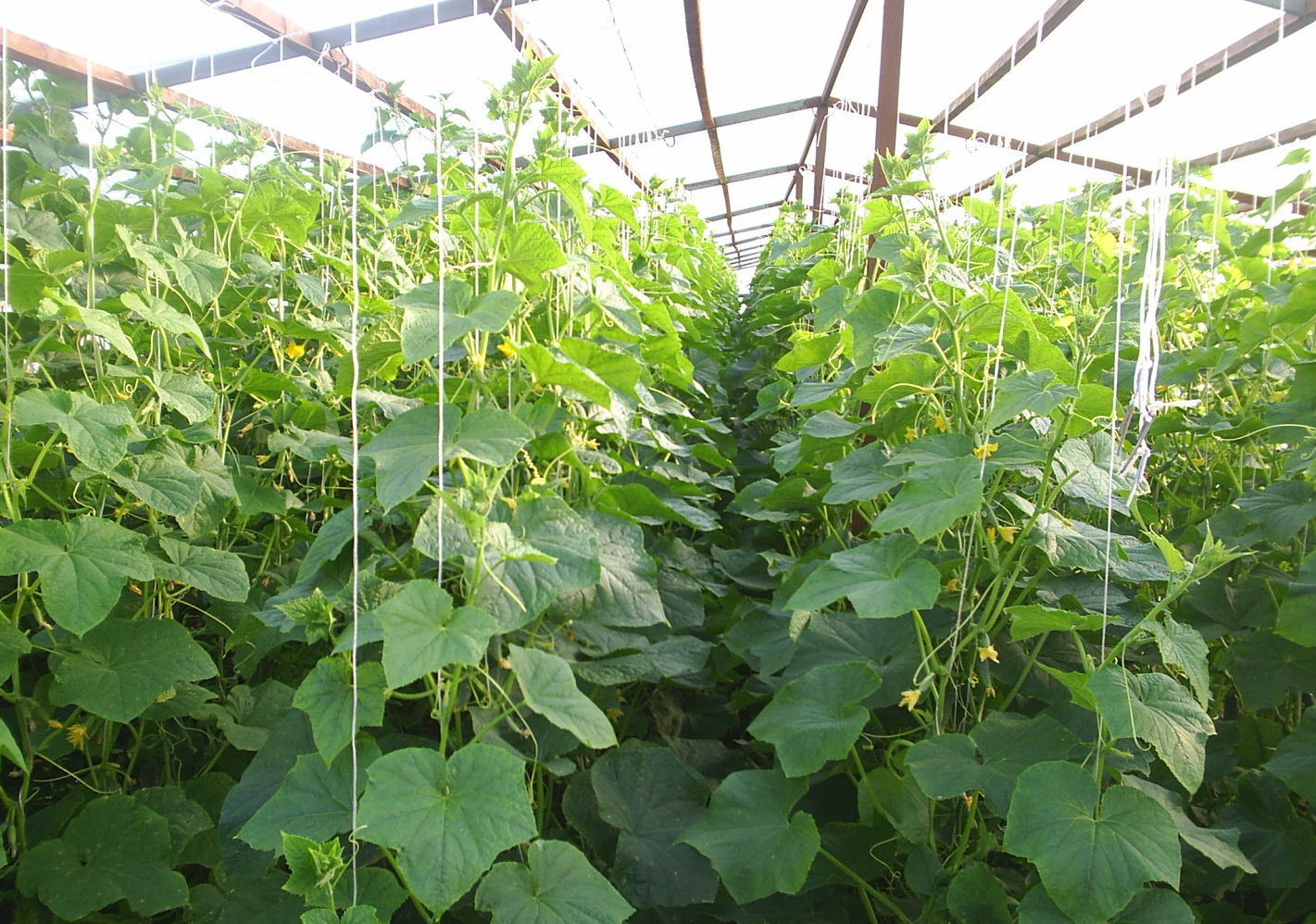
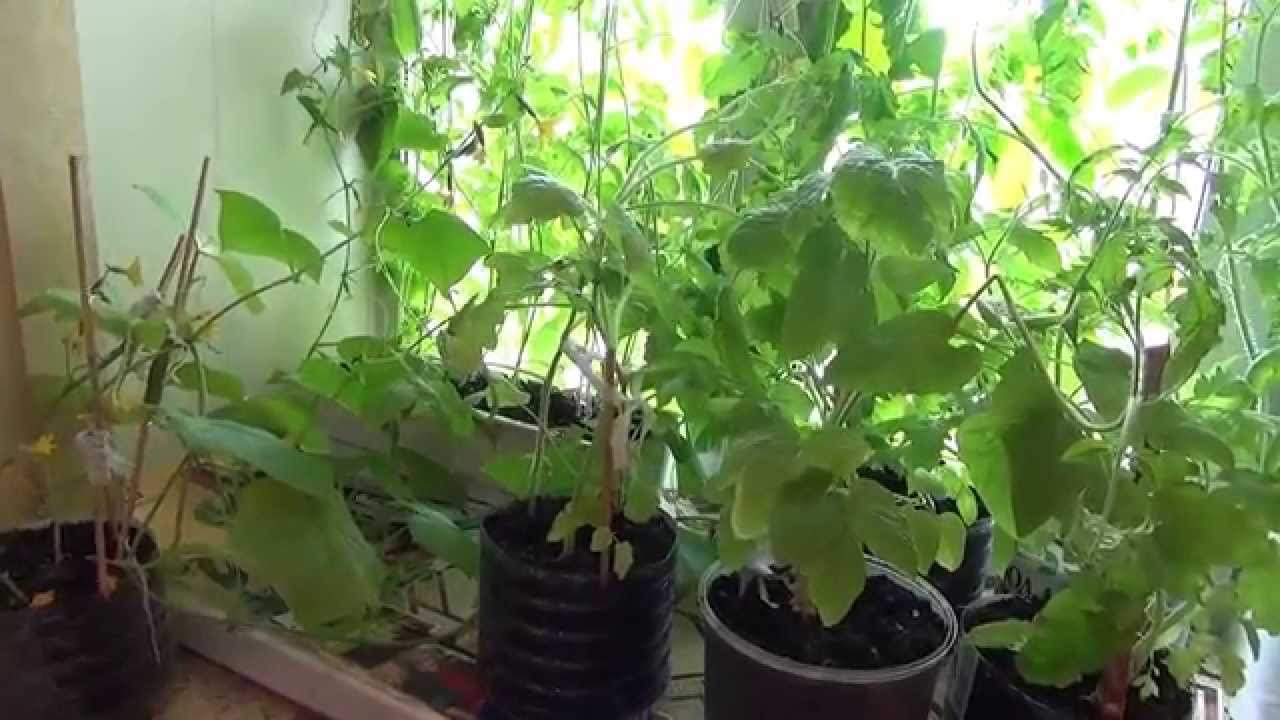
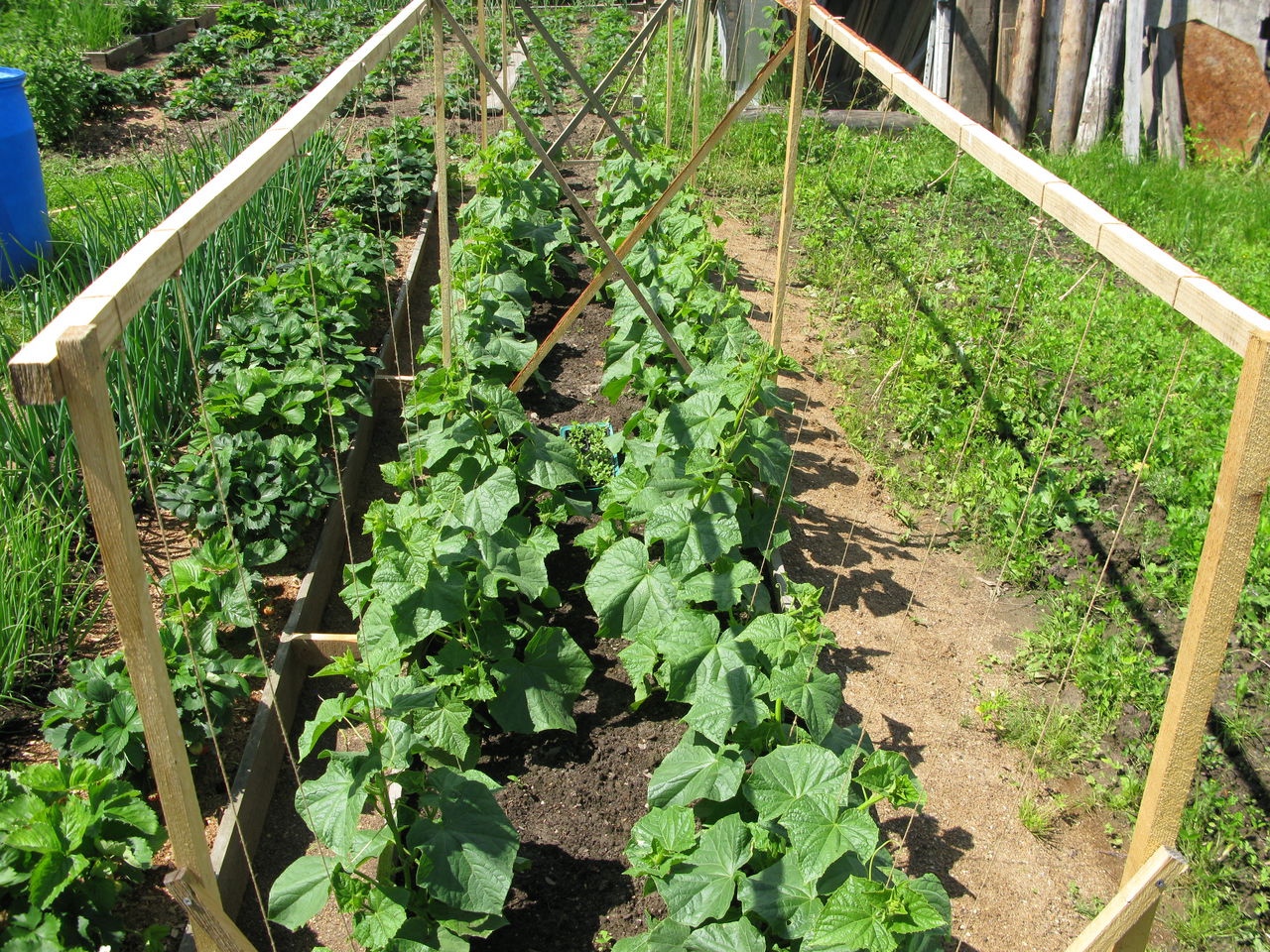
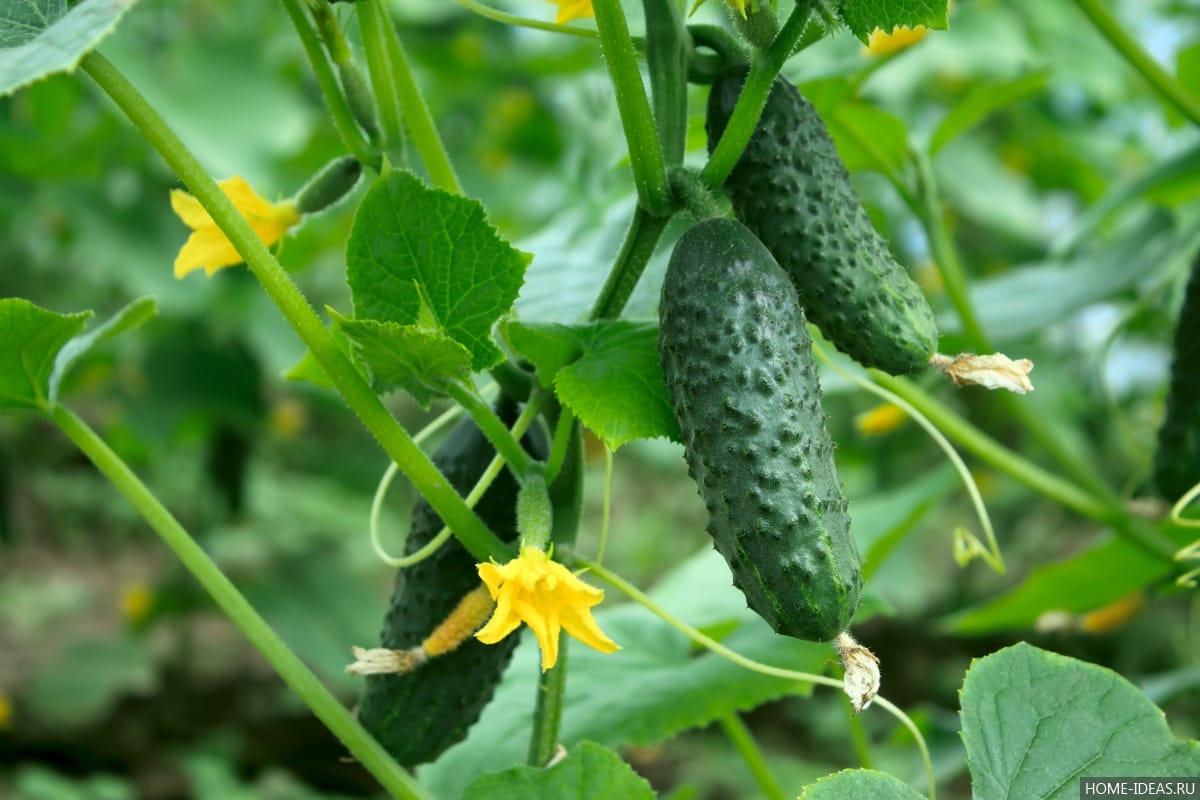
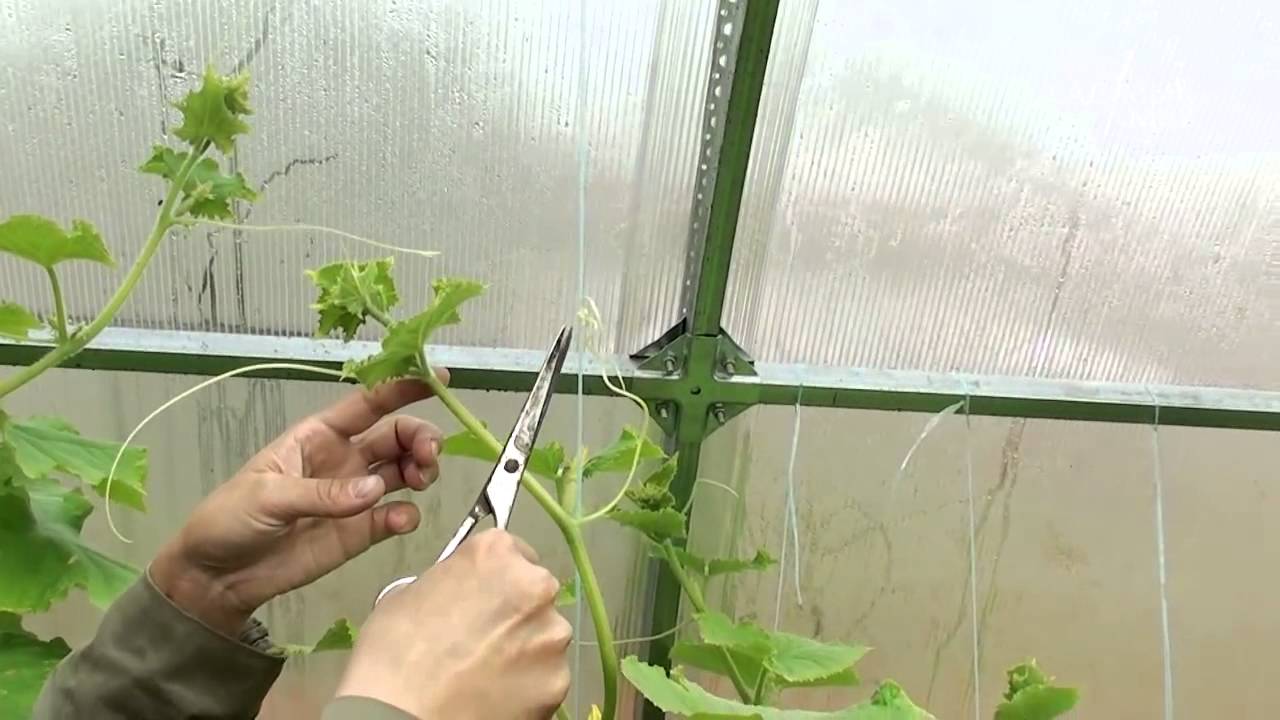
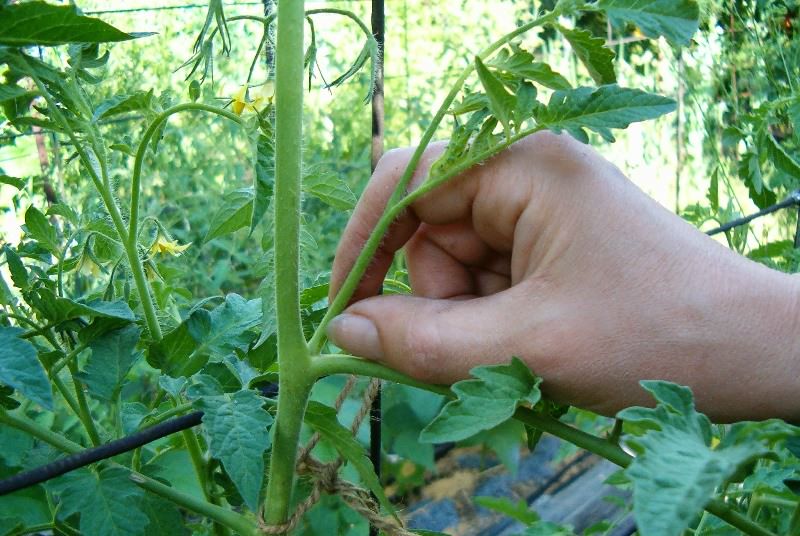
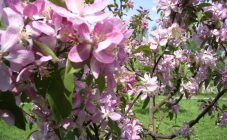
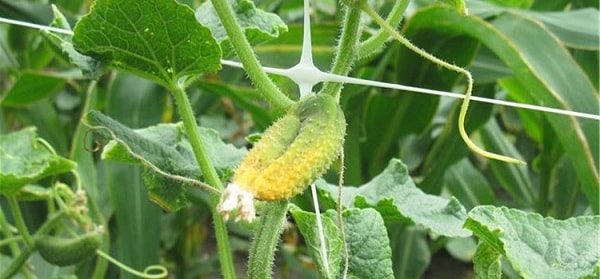







Why do the first rot
zucchini?